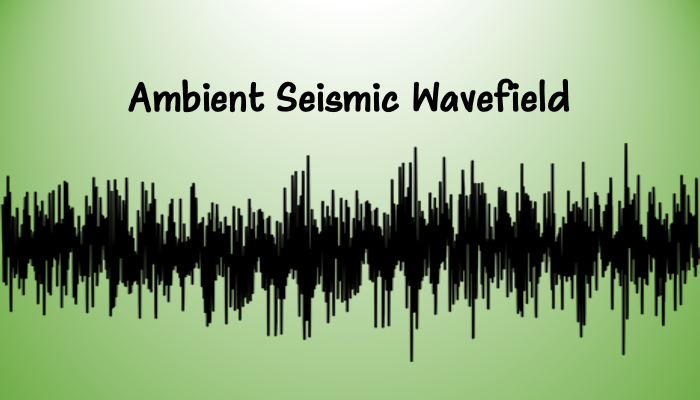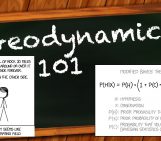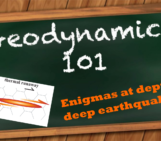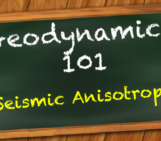
Every now and then, the surface of our planet shakes violently during earthquakes like the recent magnitudes 7.8 and 7.5 Kahramanmaraş Earthquake Sequence in Türkiye. These vibrations are recorded by instruments called seismometers and are then processed and analyzed by seismologists to study the earthquake processes themselves as well as other deep Earth structures. Interestingly, seismometers also record vibrations during the relatively “quiet” intervals when we do not have earthquakes. These background vibrations result from a variety of sources including ocean waves and wind. Termed the ambient seismic wavefield, this background noise is very useful to probe the subsurface structure of the Earth at regions with little seismic activity as it helps us venture beyond the limitations of requiring earthquakes at the “right” location (Shapiro et al., 2005).
Broadly, ambient seismic noise may be short period (0.1-1 s), intermediate period (1-30 s) or long period (30-500 s) (McNamara & Boaz, 2019). Short period noise is generally cultural and produced due to automobiles or industrial activities. The intermediate period noise consists primarily of the microseisms generated due to oceanic waves and storm swells. The oceanic microseism has two distinct peaks around the periods of 7 s and 14 s, referred to as the primary microseism and the secondary microseism respectively (McNamara & Boaz, 2019). The long period noise is due to ocean surface waves called infragravity waves (Bertin et al., 2018).
Although generally considered a hindrance that makes it harder to see actual earthquakes, if we cross-correlate the record of “noise” between two stations, we obtain a meaningful parameter called the Green’s function (Wapenaar et al., 2010). The Green’s function is an impulse function that describes the response of the Earth between two stations, considering one station to be the source and the other to be the receiver (Wapenaar et al., 2010). By obtaining the Green’s function through techniques of seismic interferometry, the seemingly useless ambient noise can be utilized for applications ranging from monitoring volcanic activity (De Plaen et al., 2016) to investigating the response of man-made structures to earthquakes (Snieder & Şafak, 2006).
References: Bertin, X., de Bakker, A., van Dongeren, A., Coco, G., André, G., Ardhuin, F., Bonneton, P., Bouchette, F., Castelle, B., Crawford, W. C., Davidson, M., Deen, M., Dodet, G., Guérin, T., Inch, K., Leckler, F., McCall, R., Muller, H., Olabarrieta, M., … Tissier, M. (2018). Infragravity waves: From driving mechanisms to impacts. Earth-Science Reviews, 177, 774–799. https://doi.org/10.1016/j.earscirev.2018.01.002 De Plaen, R. S. M., Lecocq, T., Caudron, C., Ferrazzini, V., & Francis, O. (2016). Single-station monitoring of volcanoes using seismic ambient noise. Geophysical Research Letters, 43(16), 8511–8518. https://doi.org/10.1002/2016GL070078 McNamara, Daniel E, D. E., & Boaz, R. I. (2019). Visualization of the Seismic Ambient Noise Spectrum. In N. Nakata, L. Gualtieri and A. Fichtner (Eds), Seismic Ambient Noise (pp. 1-27). Cambridge University Press. Shapiro, N. M., Campillo, M., Stehly, L., & Ritzwoller, M. H. (2005). High-Resolution Surface-Wave Tomography from Ambient Seismic Noise. Science, 307(5715), 1615–1618. https://doi.org/10.1126/science.1108339 Snieder, R., & Şafak, E. (2006). Extracting the Building Response Using Seismic Interferometry: Theory and Application to the Millikan Library in Pasadena, California. Bulletin of the Seismological Society of America, 96(2), 586–598. https://doi.org/10.1785/0120050109 Wapenaar, K., Draganov, D., Snieder, R., Campman, X., & Verdel, A. (2010). Tutorial on seismic interferometry: Part 1 — Basic principles and applications. GEOPHYSICS, 75(5), 75A195-75A209. https://doi.org/10.1190/1.3457445




